Based on your edit, you can introduce a superkey on the asset table and use various constraints to enforce most of what it sounds like you're looking for:
create table Asset (
AssetID int not null primary key,
AssetTypeID int not null
--Skip all of the rest, foreign keys, etc, irrelevant to example
,constraint UQ_Asset_TypeCheck
UNIQUE (AssetID,AssetTypeID) --This is the superkey
)
The above means that the AssetTypeID column can now be checked/enforced in other tables, and there's no risk of inconsistency
create table Servers (
AssetID int not null primary key,
AssetTypeID as 1 persisted,
constraint FK_Servers_Assets FOREIGN KEY (AssetID)
references Asset (AssetID), --Strictly, this will become redundant
constraint FK_Servers_Assets_TypeCheck FOREIGN KEY (AssetID,AssetTypeID)
references Asset (AssetID,AssetTypeID)
)
So, in the above, we enforce that all entries in this table must actually be of the correct asset type, by making it a fixed computed column that is then used in a foreign key back to the superkey.
--So on for other asset types
create table Asset_IP (
AssetID int not null,
IPAddress int not null primary key, --Wrong type, for IPv6
AssetTypeID int not null,
constraint FK_Asset_IP_Assets FOREIGN KEY (AssetID)
references Asset (AssetID), --Again, redundant
constraint CK_Asset_Types CHECK (
AssetTypeID in (1/*, Other types allowed IPs */)),
constraint FK_Asset_IP_Assets_TypeCheck FOREIGN KEY (AssetID,AssetTypeID)
references Asset (AssetID,AssetTypeID)
)
And now, above, we again reference the superkey to ensure that we've got a local (to this table) correct AssetTypeID value, which we can then use in a check constraint to limit which asset types are actually allowed entries in this table.
create unique index UQ_Asset_SingleIPs on Asset_IP (AssetID)
where AssetTypeID in (1/* Type IDs that are only allowed 1 IP address */)
And finally, for certain AssetTypeID values, we ensure that this table only contains one row for that AssetID.
I hope that gives you enough ideas of how to implement your various checks based on types. If you want/need to, you can now construct some views (through which the rest of your code will interact) which hides the extra columns and provides triggers to ease INSERT statements.
On a side note, I'd recommend picking a convention and sticking to it when it comes to table naming. My preferred one is to use the plural/collective name, unless the table is only intended to contain one row. So I'd rename Asset as Assets, for example, or Asset_IP as Asset_IPs. At the moment, you have a mixture.
